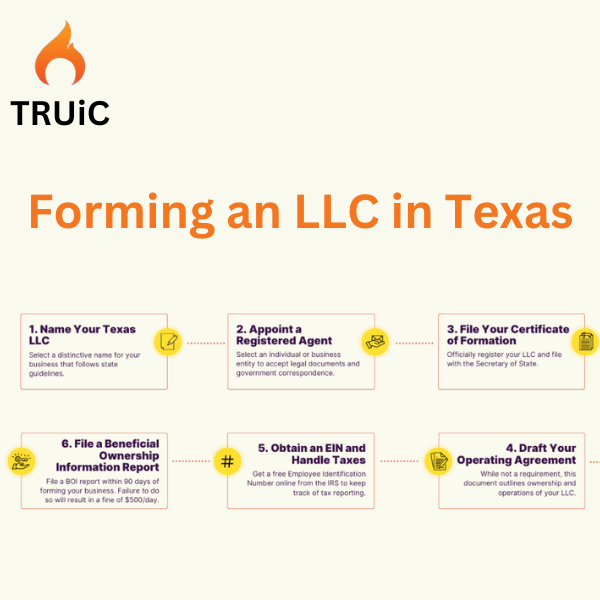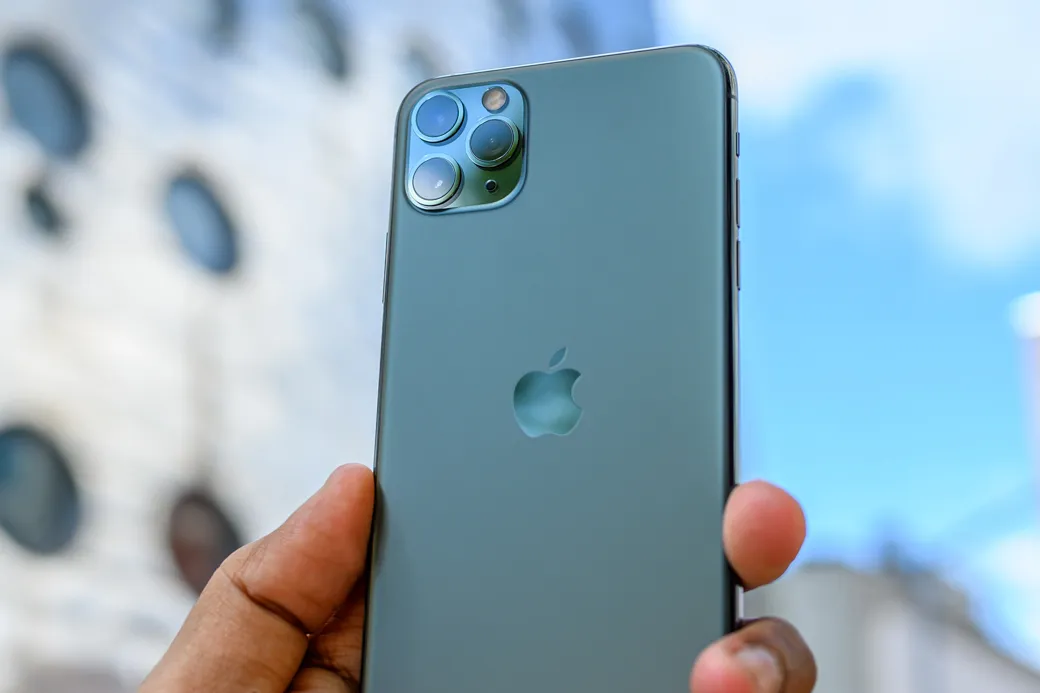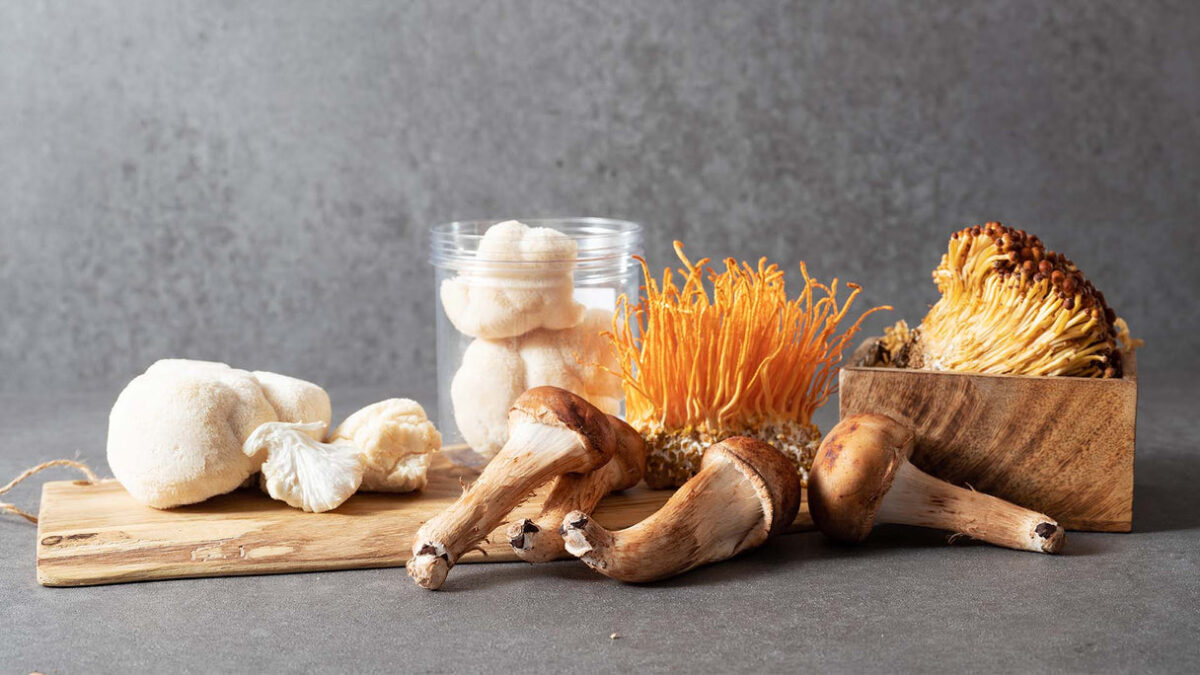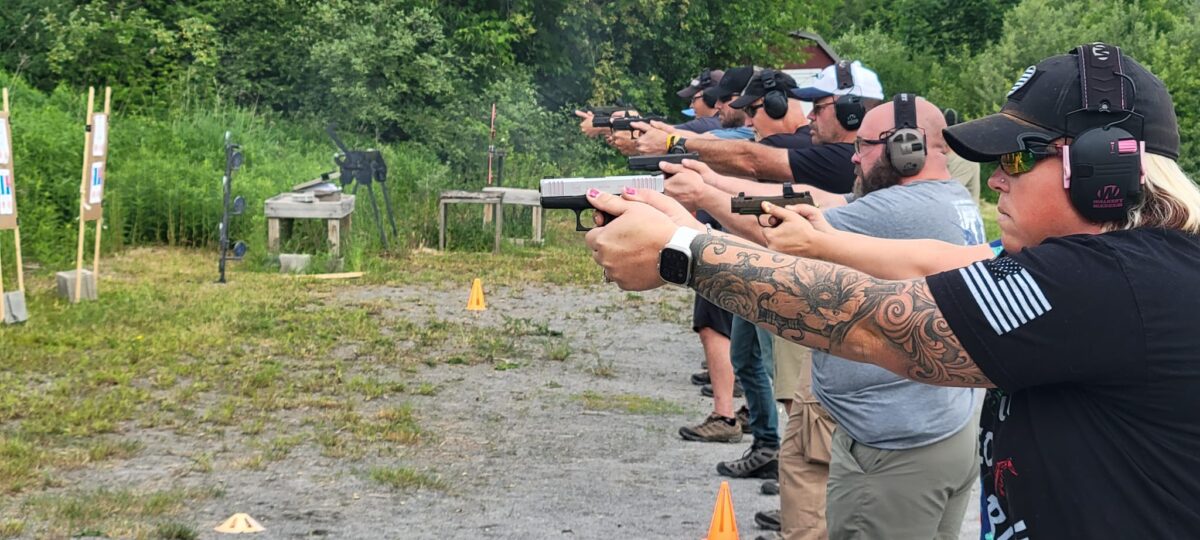Guppy Pond Safety Practices – How and Why You Should Quarantine
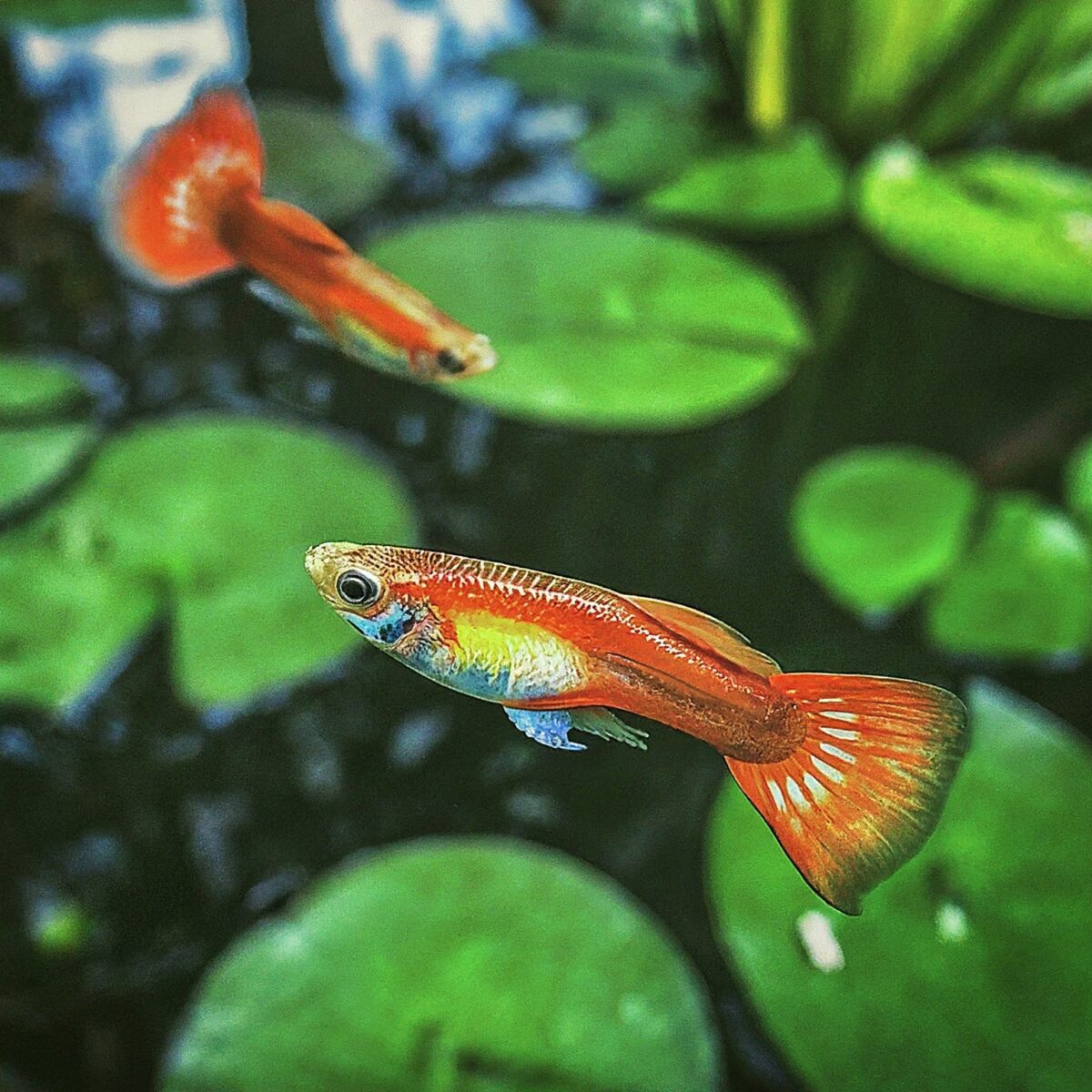
Bringing new items into your guppy pond can be exciting, whether it’s new fish, plants, or decorations.
But can that practice be dangerous?
I mean, how do you know you won’t introduce harmful pests to your pond?
In this article, we’ll explore the importance of sanitation and quarantine procedures to keep your guppies healthy and thriving.
Also Read: Like Tropical Weather? Check Out This Villa In St. Thomas
Understanding the Risks
Disease Transmission
When you introduce new items to your guppy pond, whether it’s fish, plants, or equipment, there’s always a risk of introducing diseases or pathogens.
Fish from different sources may carry various pathogens, mainly in the form of bacteria, viruses, or parasites, which could all infect your existing fish population.
Likewise, plants sourced from different environments may harbor pests or diseases that can spread to your guppies. Even equipment used in other aquariums or ponds could potentially carry harmful organisms if not properly sanitized.
Stress from Environmental Change
Guppies, like all fish, are sensitive to changes in their environment. Introducing new items without proper sanitation or quarantine procedures can disrupt the balance of your pond’s ecosystem, leading to stress among your guppies.
Stress weakens the immune system, making fish more susceptible to guppy diseases and infections.
By ensuring that new additions are free from pathogens and acclimating them gradually, you can minimize stress and promote the health and well-being of your guppies.
Preventing Invasive Species
When you introduce new plants or fish species to your pond without proper precautions you can also pose a risk of introducing invasive species.
Invasive species can outcompete native species for resources, disrupt the ecological balance, and even cause harm to other wildlife.
Quarantine measures help identify and mitigate the risk of introducing invasive species by allowing you to observe new additions for any signs of aggressive behavior or rapid growth before introducing them to your main pond.
Sanitation
The first step in preventing the introduction of harmful pathogens is proper sanitation. Before adding any new items to your pond, it’s crucial to clean and disinfect them thoroughly.
For example, if you’re adding new plants or decorations, rinse them in a solution of diluted bleach or potassium permanganate to kill any pathogens that may be present.
Similarly, if you’re introducing new equipment or tools to your pond, such as nets or siphons, make sure to clean them with a disinfectant solution before use.
By practicing good sanitation habits, you can minimize the risk of introducing harmful pathogens to your guppy pond.
Quarantine
In addition to sanitation, quarantining new items before adding them to your pond is an essential precautionary measure.
Quarantine involves isolating new fish, plants, or other additions in a separate tank or container for a period of time to monitor them for signs of illness or disease.
Ideally, quarantine should last for a minimum of two to four weeks, allowing enough time to observe any potential health issues that may arise. During this time, monitor the quarantined items closely for signs of disease, such as changes in behavior, appetite, or appearance.
If any signs of illness are detected during the quarantine period, it’s essential to address them promptly.
Depending on the severity of the issue, you may need to treat the affected items with medication or other appropriate measures before introducing them to your main pond.
Benefits of Sanitation and Quarantine
While sanitation and quarantine procedures may seem like extra work, the benefits far outweigh the effort.
By taking these precautions, you can protect your existing guppy population from potential health threats and prevent the spread of diseases throughout your pond.
Additionally, sanitation and quarantine practices can help you avoid costly and stressful situations, such as disease outbreaks or the introduction of invasive species.
By investing time and effort into proper sanitation and quarantine procedures, you can enjoy a healthy and thriving guppy pond for years to come.
Conclusion
In conclusion, sanitation and quarantine are essential steps in maintaining the health and well-being of your guppies. By practicing good sanitation habits and quarantining new additions before introducing them to your pond, you can minimize the risk of disease and ensure a safe and thriving environment for your fish. So, before adding anything new to your guppy pond, remember to sanitize and quarantine to keep your fish happy and healthy.
Want to learn more about guppies and irregular pets? Check out Wild Pet Expert!







